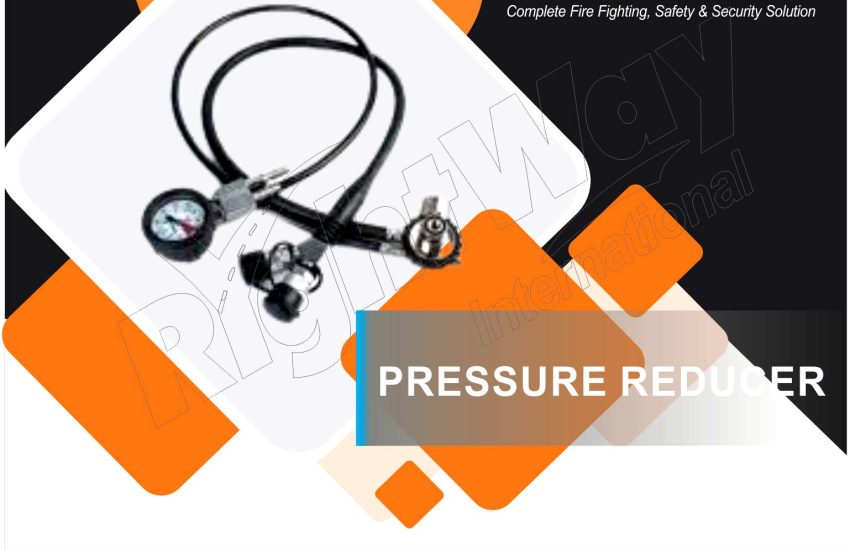Pressure Reducer Self-Contained Breathing Apparatus (SCBA) units are essential safety tools for firefighters, emergency responders, and industrial workers. These systems deliver clean air in hazardous environments where breathable air is not available. A key component of the SCBA is the pressure reducer, which regulates airflow and ensures the system operates safely and efficiently. This article outlines the function, significance, and care of the SCBA pressure reducer.
What Is an SCBA Pressure Reducer?
The pressure reducer is a device built into the SCBA. It manages the high-pressure air from the cylinder and reduces it to a safe level for inhalation. SCBA cylinders typically store air at pressures between 3,000 and 4,500 psi. The reducer lowers this to a consistent pressure, usually between 80 and 100 psi, suitable for breathing.
Functions of the Pressure Reducer
1. Pressure Regulation
The main role of the pressure reducer is to convert high-pressure air from the cylinder to a lower, steady pressure. This ensures the air is safe to inhale and helps prevent over-pressurization.
2. Consistent Airflow
The reducer also ensures that airflow remains stable, matching the user’s breathing needs. This allows the system to deliver air smoothly, even during intense activity.
3. Safety Control
By preventing sudden spikes or drops in air pressure, the reducer helps avoid breathing difficulties and mechanical malfunctions during emergencies.
Why the Pressure Reducer Is Important
1. Reliable Performance
A properly working reducer is vital for the safe operation of the SCBA. It guarantees the air supply remains consistent and within safe limits.
2. User Comfort
Stable air pressure not only protects the user—it also improves comfort. Inconsistent airflow can cause distraction, stress, or even injury in high-risk scenarios.
3. Efficient Air Use
Because it regulates the pressure effectively, the reducing helps maximize the air supply. This can make a critical difference during extended emergency situations.
Maintenance and Inspection Tips
1. Perform Routine Checks
Inspect the pressure reducing often. Look for wear, leaks, or signs of damage. Confirm that it maintains the correct pressure.
2. Schedule Calibration
Calibrate the reducer periodically to ensure accuracy. This task should be performed by trained professionals during routine SCBA servicing.
3. Clean Correctly
Keep the reducer clean by following the manufacturer’s guidelines. Avoid exposing it to dust, oil, or moisture that could interfere with its operation.
4. Replace When Needed
Replace any worn or damaged parts without delay. A faulty reducer compromises safety and can affect the entire SCBA system.
Conclusion
The SCBA pressure reducing plays a crucial role in delivering clean, controlled air to users in dangerous environments. It protects the wearer by regulating pressure, maintaining steady airflow, and improving overall comfort. To keep SCBA units reliable, users must inspect, clean, and service the reducer regularly. With proper maintenance, the pressure reducing ensures the SCBA performs when it’s needed most.


